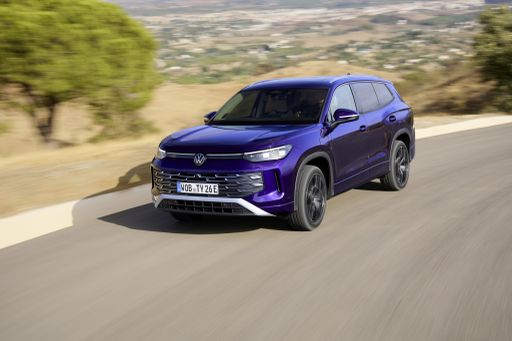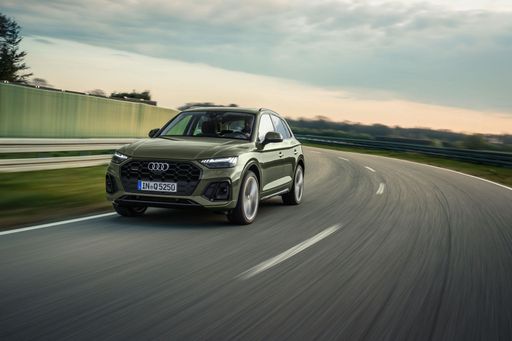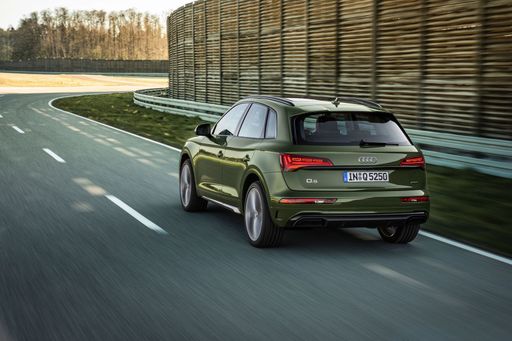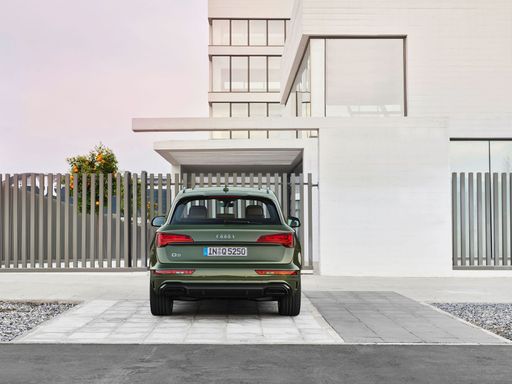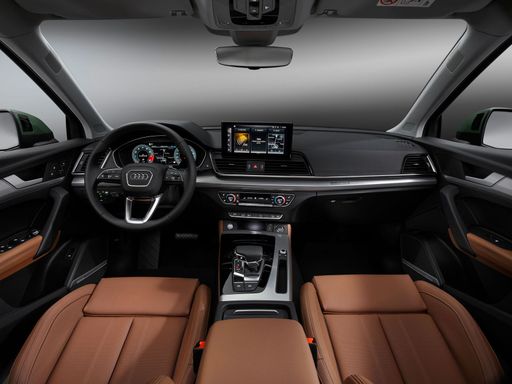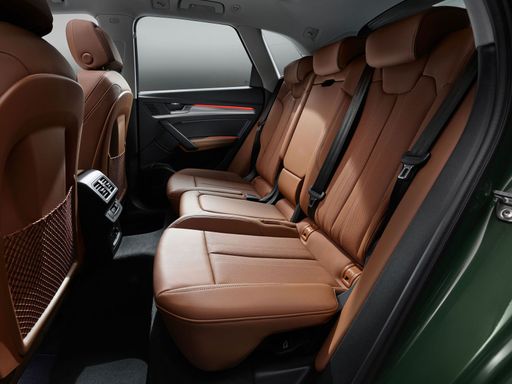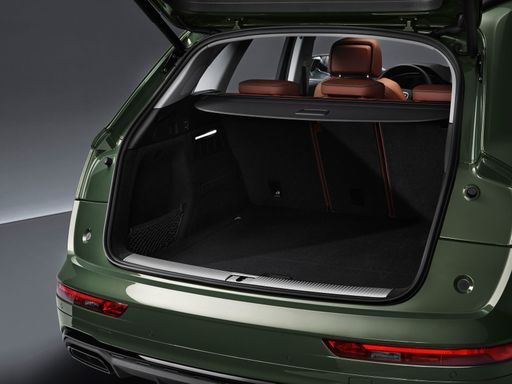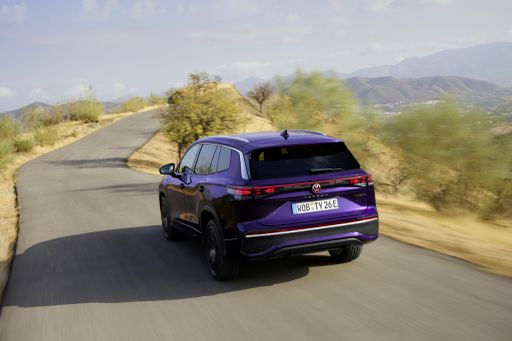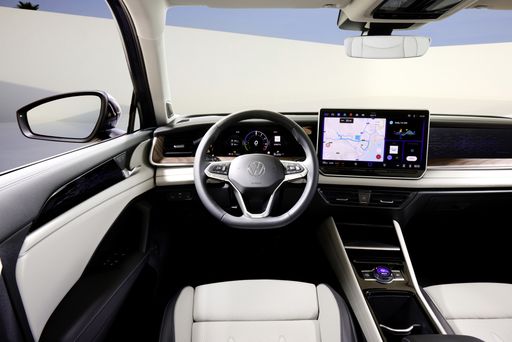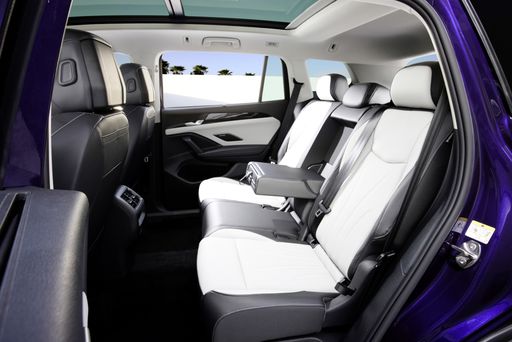Introduction
In the world of SUVs, the competition between luxury and practicality is fierce. Audi, known for its premium offerings, presents the Q5, while Volkswagen counters with the Tayron, a model that brings robust engineering and contemporary styling to the table. This article will delve into a comprehensive comparison of these two popular SUVs, focusing on their technical capabilities, innovation, and overall driving experience.

